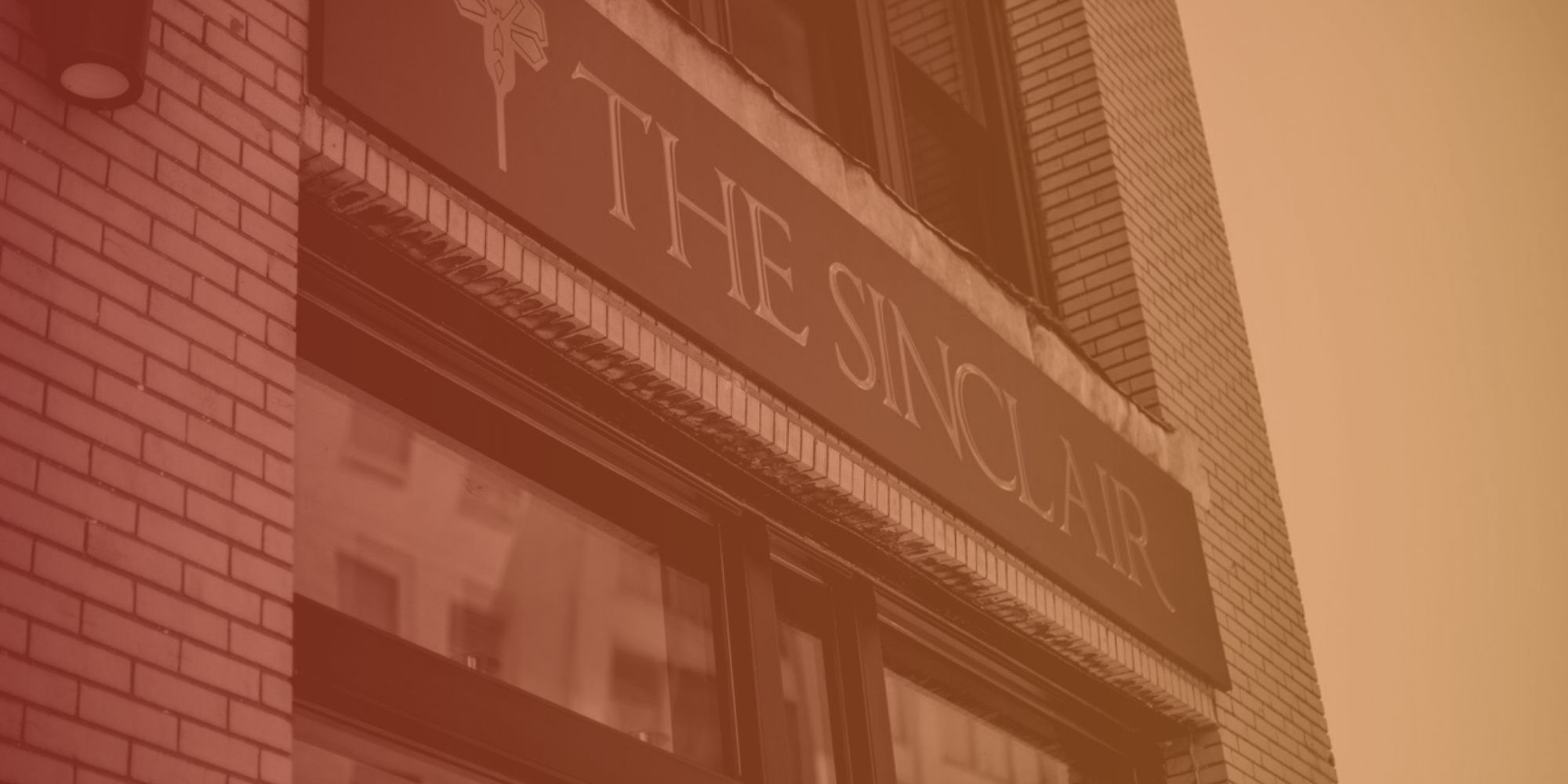
Ranging from swimming pools and rooftop bars to garbage disposals and lighting upgrades, amenities are a crucial aspect to attracting tenants in the residential setting. Modern amenities do not only promote convenience, safety, and wellness, they also create community. Hence, understanding which services will add the most value for a residential property can add property value, boost occupancy levels, and build community.
What Types of Amenities are there?
Amenities are generally split into two types: in-unit and community. Unit amenities exist within individual units and include items like a washer and dryer, kitchen appliances, smart thermostats, hardwood floors, personal outdoor space, etc. These upgrades work to both increase the unit’s marketability and support higher rent prices. Whereas community amenities support a property overall and are available to all tenants. Popular community amenities include fitness centers, pet-inclusive areas, retail, and coworking spaces.
Top Amenities for Residential Properties
Washer and Dryer Units: Many tenants will pay premiums for these, and they prove to be less expensive than upscale kitchen appliances. Therefore, they offer a steady return on the investment. A recent study shared by Forbes reveals a majority of renters, 65%, report having washer and dryer units.
Energy-Efficient Appliances: Consisting of devices such as refrigerators and dishwashers, energy-efficient appliances are more sustainable and save money by utilizing less electricity. With sustainability on the rise, many renters are willing to pay premiums to implement these models in their homes. Additionally, reduced energy use can mean lower utility bills for renters.
Upscale Kitchen Appliances and Upgrades: High end kitchen appliances attract more tenants and support higher rents. Upgrades such as solid countertops, new electrical and plumbing, smart lighting, and garbage disposals are also amenities tenants are willing to pay premiums for.
Outdoor Space: Outdoor space can be private per unit or available to all tenants. Common personal spaces can include balconies and patios while community outdoor spaces can be as simple as a firepit and as complex as a rooftop pool. Sustainable gardening space, grills, dog washing stations, swimming pools, outdoor kitchens, rooftop bars, and outdoor fitness options also help tenants enjoy a community feel within the property. Many potential tenants are interested in rooftop gardens or decks, and Forbes found that 20% report it is their most important factor.
Fitness Space: 20% of renters consider fitness centers their most important factor when looking for apartments. Other fitness perks are bike storage areas followed by connectivity to parks. Many potential tenants feel the ability to be active at home is a must-have amenity after COVID-19.
Technology: Additions such as apartment videocoms, smart thermostats, smart locks, and sensors can be beneficial for both the property manager and tenants, as they make the apartment more secure and convenient.
Package Delivery System: Package delivery systems can ensure packages are not stolen and packages can be delivered at any time. As an added convenience, the system sends alerts to tenants, notifying them right away when their items are delivered.
Parking: Amenities such as reserved parking for residents and guest parking passes attract potential tenants.
Co-Working Areas: With hybrid work schedules on the rise, many potential tenants are looking for community areas to work. 21% of renters consider shared amenities, including centers to do business, their most important amenity. An area with desks and tables can also deliver a return on investments through desk reservation fees.
The General Principle to Investing in Amenities
An amenity’s cost and the benefit it provides should be maintained in balance. This way, the amenity not only adds rental premium, but also pays for itself through increased rent. According to Forbes, the amenity’s capital expenditure should break even within 36 months on average. However, in order to achieve this, the increased rent prices need to match what renters will go for within their location, target demographic, and local market. It’s possible to overbuild what the market will support, so thoughtful consideration is a must.
How to Choose the Right Amenities for a Property
When deciding what amenities will both attract tenants and deliver return on investment, consider both suitability and value. For instance, location plays a large role in the community amenities tenant’s favor. In a large metropolitan city like New York City or Los Angeles, concierge service is a standard amenity for residential buildings, but may not be as common in smaller or more rural areas. In warmer climates, where an outdoor pool or splash park may be in use year-round, these types of community amenities can have a faster return on investment than in colder climates where the period of use is limited to a few months, and the cost for repairs and maintenance are typically higher. Ultimately, amenities have to provide the tenants with value in order to bring value to your property.
Tenants Find Identity in Where they Live
Overall, amenities should help create a desirable place to live, and support their lifestyles comfortably. This sense of place is important to renters who call temporary spaces home. Ideally, the property owner and management team is focused on the users in the building and their unique needs. That focus will ultimately create value for everyone and build community in the process.
